The Ourense hot springs are springs from which water springs at temperatures above 60º. We bathe in them because they have healing properties and they leave us at ease. Here we tell you why the water comes out hot and how to get to them.
In Ourense and its surroundings, for thousands of years we have enjoyed hot water springs and pools, called burgas, with beneficial properties for health.
To such an extent is its relevance in the region that the burgas of Ourense capital are considered the reason for the origin of the city. An example of this are the archaeological remains that surround them. The Romans built some baths and dedicated altars thanking the recovery of health.
But why does the hot water spring from the interior of the earth?
There is an oral tradition in the city about an underground volcano that heats the water and that at any moment will erupt, devastating the city. Although the idea is attractive, it is not the truth. Despite this, the real reason is still fascinating.
The warming is due to Geothermal energy, a process by which water from rain, snow, hail, etc. it seeps over thousands of years through cracks in the earth’s crust, heating up as it goes down.
The water warms up approximately one degree every thirty meters, to reach, for example, one hundred and fifty degrees at four thousand five hundred meters deep.
There comes a time when the boiling water and the steam cannot continue descending due to the impermeable properties of the rock and they begin to ascend outward through different faults than the ones they used to descend. When they reach the surface they create springs and pools of hot water. .
healing properties
Above we mentioned that the waters of the villages of Ourense cure diseases. This is because they have mineral-medicinal properties, which means that the chemical and physical composition of the water cures some diseases.
Not all client waters that arise from springs are mineral-medicinal, they are only those that have been endorsed by the state and have been declared of Public Utility.
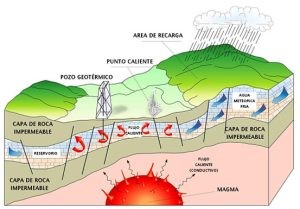
These properties are achieved by water because during its descent and ascent from the depths of the Earth it acquires the properties of the minerals it passes over.
In this way, no two waters are the same, neither for their temperature nor for their mineral-medicinal properties, since they reach different depths and pass through different rocks and minerals.
That is why we must look for the one that best suits our ailments.
In general, the thermal baths of Ourense and its surroundings are indicated for the treatment of rheumatism, arthritis and dermatological conditions.
Hot springs in Ourense
The pools and hot springs in Galicia are called burga/burgas. So it’s not a proper name, it’s a common name that in our case designates a specific area of the city.
Its origin is not very clear but it most likely comes from the Latin burca which means pile.
Burgas of Ourense

In the city of Ourense there were three burgas. The Upper one that flows from a 17th century fountain, the Lower burga that flows from a monumental 19th century fountain and finally the Middle burga, which the town hall has converted into a thermal pool for the enjoyment of citizens and visitors. .
In Ourense, in addition, several bathhouses (now disappeared) were created in the vicinity of Las Burgas and there were also serious projects to create spas that were never carried out.
But the inhabitants of Ourense, not only used the hot water to cure diseases, but also used it for daily uses; cooking, washing dishes and clothes, and also for their businesses; such as tanners or bakers who needed hot water for their work.
Ourense del río hot springs
They are the ones along the Miño river, there are other burgas that have been used for a long time.
They are those of A Chavasqueira, O Tinteiro, Muíño da Veiga and Canedo-Outariz.
Those of El Muíño da Veiga and those of Canedo-Outariz are the furthest from the city and the ones with the least memory.
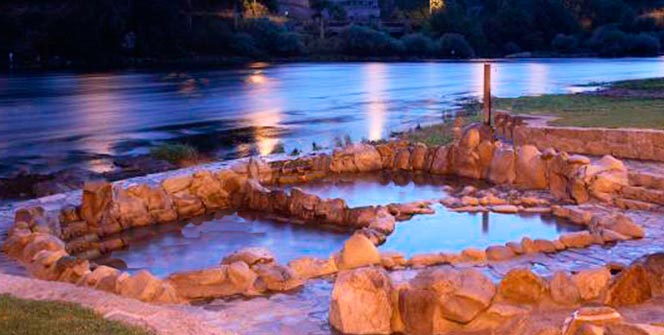
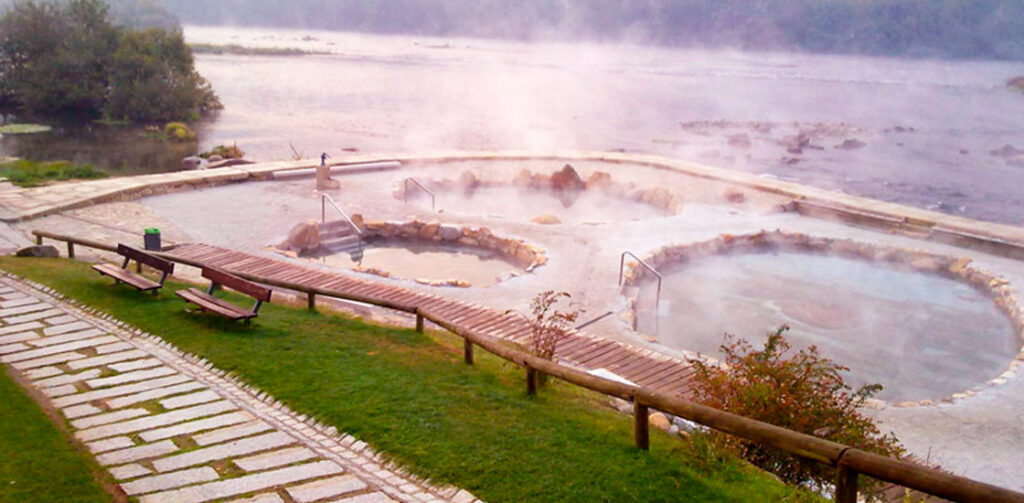

O Tinteiro is a fountain where, by tradition, people used to collect water to take it home and cure illnesses by washing with it.
A Chavasqueira is the closest to the city and they are also known as Pozas do Bispo, since Cardinal Quevedo, being bishop of Ourense, ordered the area to be conditioned at the end of the 18th century and beginning of the 19th century, relating it to the Santiago spa das Caldas, now disappeared.
Cardinal Quevedo ordered the area to be enabled for the most comfortable water intake because the traditional way of doing it was to approach where the spring or pool was and with nearby stones to damm the water to achieve an amount that would allow a bath.
For this reason, going back to the 21st century, when the city council made the decision to rehabilitate all the burgas along the river, the pools that were created were made with stones from the area, recreating the traditional way of taking the water.
How to get to all the Ourense hot springs from the Grelo Hostel

As Burgas
These are very close to the Grelo Hostel, just under ten minutes walk. A brief and beautiful walk through the historic center. Ask us and we will give you the most appropriate indications for your needs and time availability.
As Burgas in Ourense center: Rúa das Burgas, nº 16.

Pozas da Chavasqueira
They are located on the banks of the Miño very close to the Old Bridge, they are free and from the Grelo Hostel you can walk in about 25 minutes through the old town. You can also go with the Tren de las Termas that leaves from the Plaza Mayor 8 minutes from the Grelo Hostel, or take the urban bus line number 26, one of its stops is 4 minutes from the Grelo Hostel.
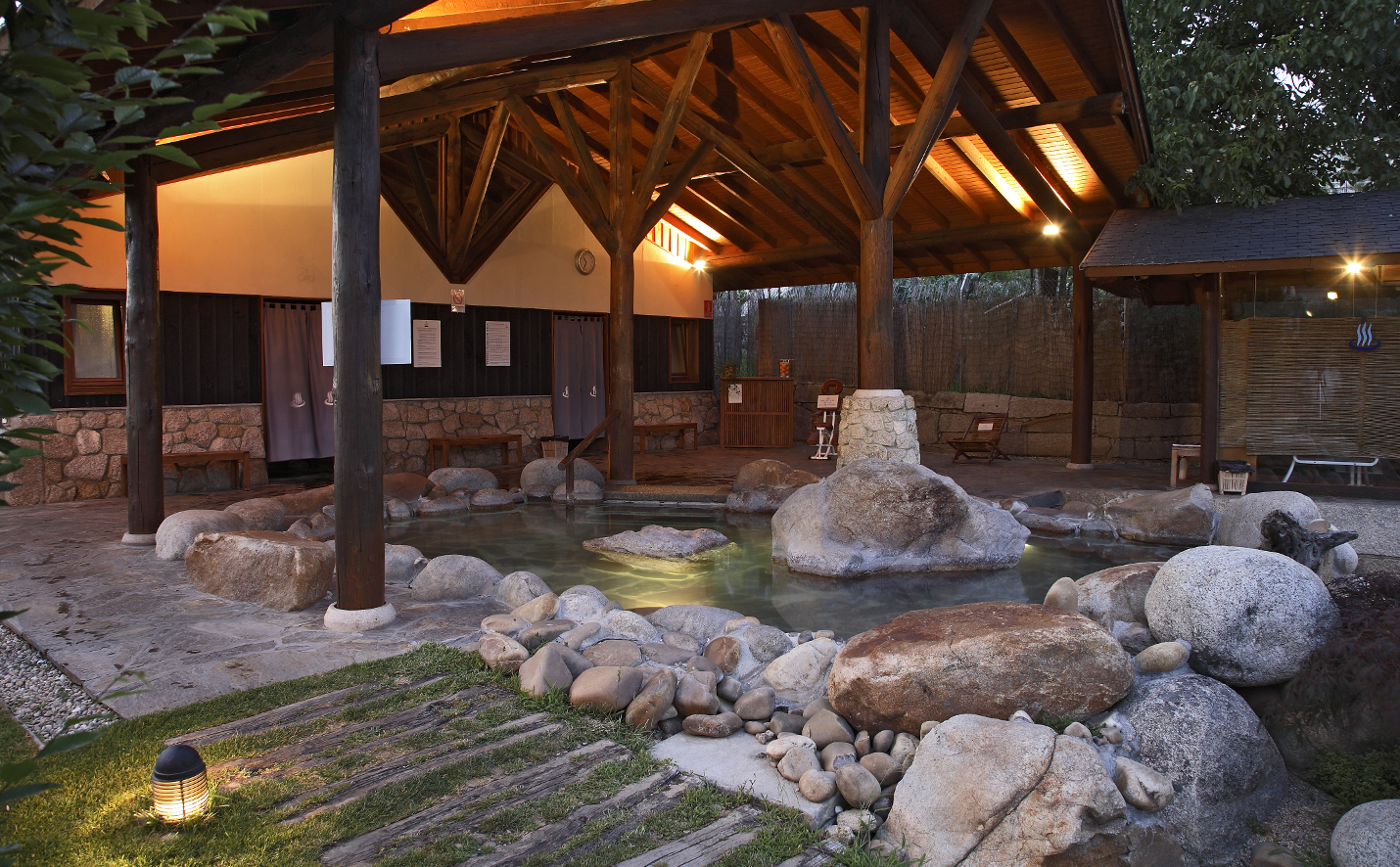
Termas da Chavasqueira
Due to the serious fire that occurred on April 24, 2019, these facilities remain closed and out of service.
They are located on the banks of the Miño very close to the Old Bridge, in fact in the same location as the Pozas, the difference is that they are paid and in addition to enjoying the waters they also have other services, such as massages, sauna...
Obviously, the same as the previous ones from the Grelo Hostel you can walk in a walk of about 25 minutes through the old town. You can also go with the Tren de las Termas that leaves from the Plaza Mayor 8 minutes from the Grelo Hostel, or take the urban bus line number 26, one of its stops is 4 minutes from the Grelo Hostel.
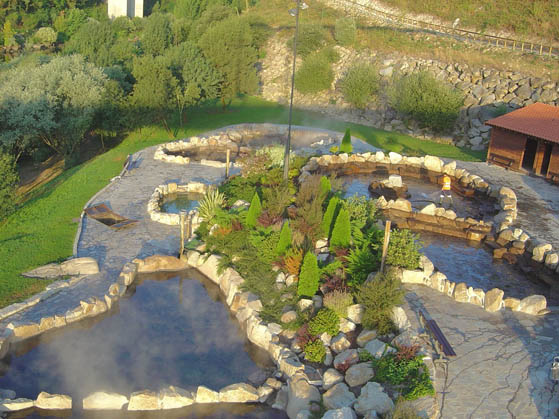
Pozas de Canedo-Outariz
It is located on the banks of the Miño, three kilometers from the city. It is free and the best way to get there is to take the Tren de las Termas that leaves from the Plaza Mayor 8 minutes from the Grelo Hostel and get off at its own stop, which is the end of the line. Another way to access it is to take the urban bus line number 5, whose closest stop to the Grelo Hostel is in the Parque de San Lázaro, about a 12-minute walk from the Grelo Hostel. It can also be reached by private car by taking the OU-402 road on the left bank of the river. These two motorized options leave us in the enabled car park, we cross the footbridge and one is already in these Pozas

Muiño da Veiga
It is located on the banks of the Miño, it is free and the best way to get there is to take the Termas Train that leaves from the Plaza Mayor 8 minutes from the Grelo Hostel and get off at its own stop.
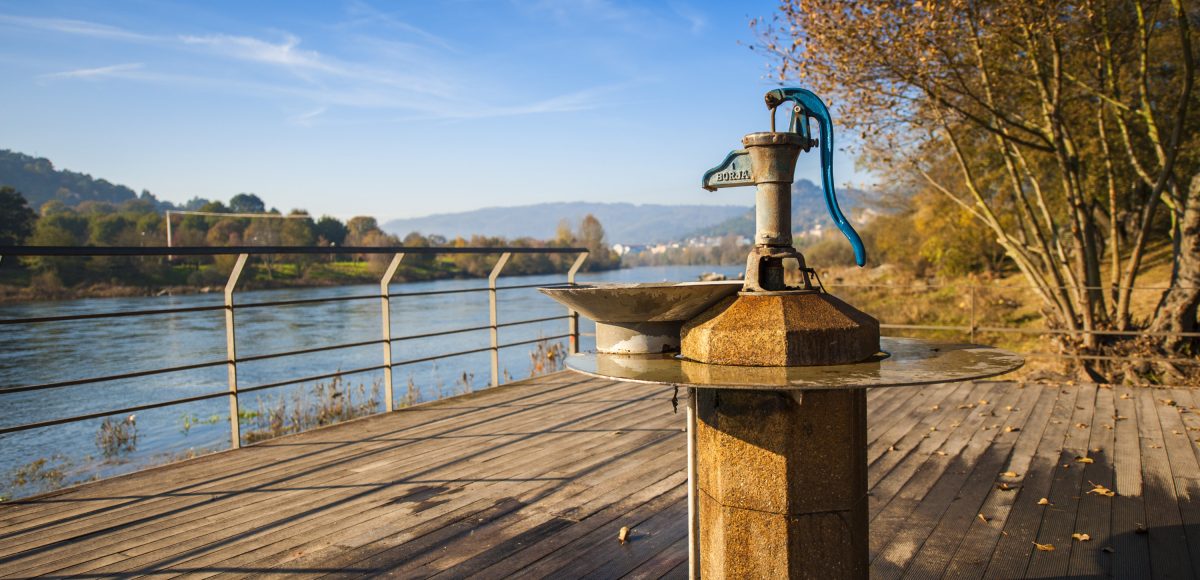
O Tinteiro
It is located on the banks of the Miño, it is free and the best way to get there is to take the Termas Train that leaves from the Plaza Mayor 8 minutes from the Grelo Hostel and get off at Pozas de la Chavasqueira and from there follow the river promenade down and in 15 minutes you arrive at O Tinteiro.
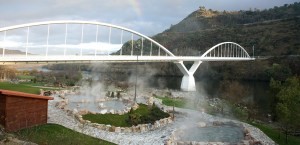
Termas de Outariz
They are located on the banks of the Miño three kilometers from the city, in fact in the same location as the Pozas, the difference is that they are paid and in addition to enjoying the waters they also have other services, such as massages, sauna, jacuzzi … The best way to get there is to take the Termas Train that leaves from the Plaza Mayor 8 minutes from the Grelo Hostel and get off at its own stop. Another way to access it is to take the urban bus line number 5, whose closest stop to the Grelo Hostel is in the Parque de San Lázaro, about a 12-minute walk from the Grelo Hostel. It can also be reached by private car by taking the OU-402 road on the left bank of the river. These two motorized options leave us in the designated car park, you cross the footbridge and you are already in these free Pools, from the footbridge you have to go upriver along the promenade and in five minutes you arrive at the Outariz Hot Springs.
